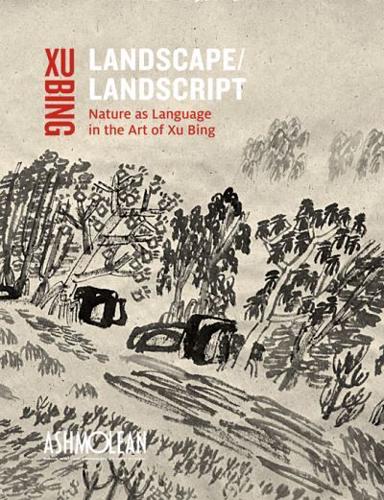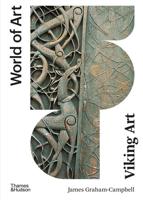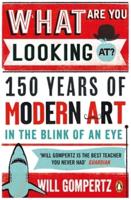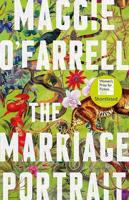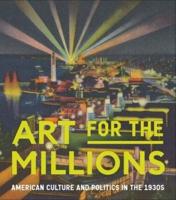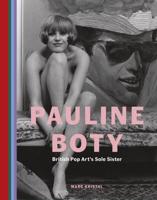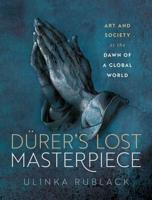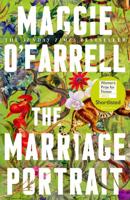Publisher's Synopsis
The new works that Xu Bing is presenting for the first time in this exhibition address the language that these two projects have avoided: the Chinese language, in particular its essential pictographic qualities, and explores the ways in which these have defined Chinese people's relationship with nature, culture and particularly with art.
The importance of the written word in Chinese art - as inscription, decoration or calligraphy with brush and ink - is one of the most discussed topics in the history of Chinese art. Xu Bing's interest in it is not connected to the use of characters in artworks, antiques or collectables but rather lies in the systems within the written language itself, how the visual elements articulate or create a relationship between the language user and the myriad objects around him, and how the repetitious use of those elements builds additional systems, or conventions.
It doesn't at first glance look as though it is in English, for the words are configured to look like Chinese characters, in the Square Word Calligraphy that Xu Bing invented in the 1990s, but it is a manifestation of something that runs through all his work and that is the mixing of Western learning with the Chinese philosophical attitude to the natural world.
